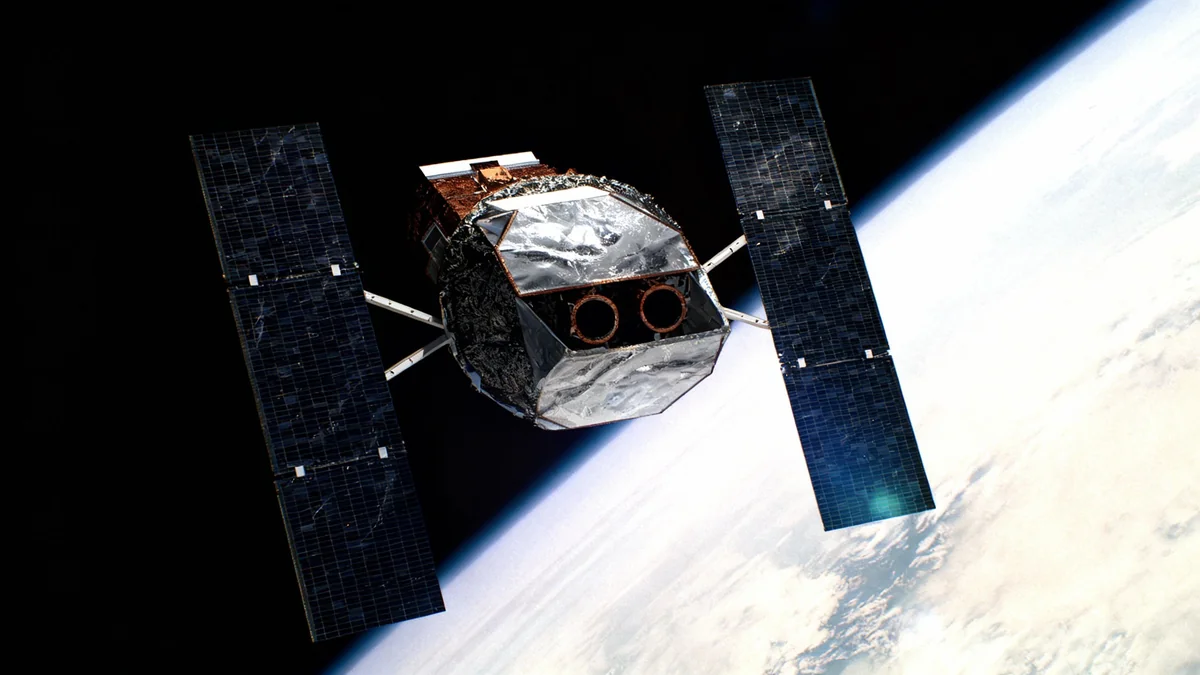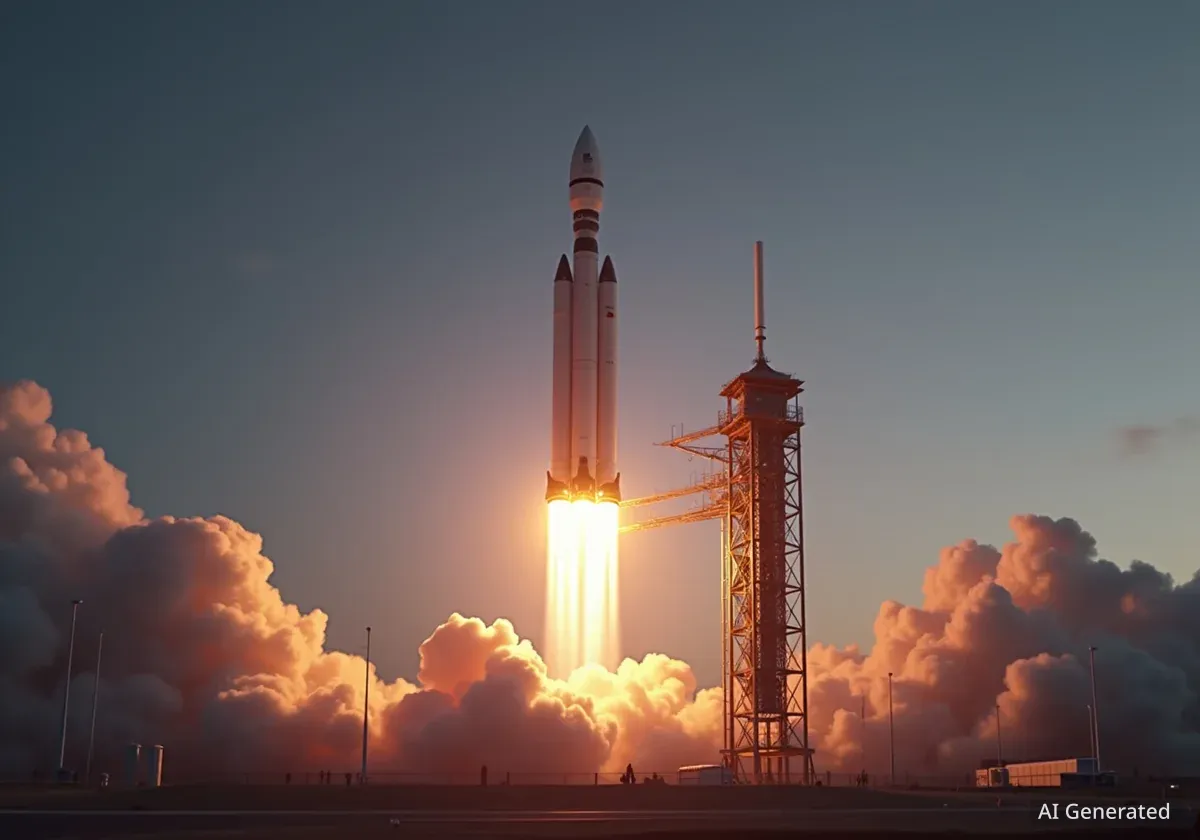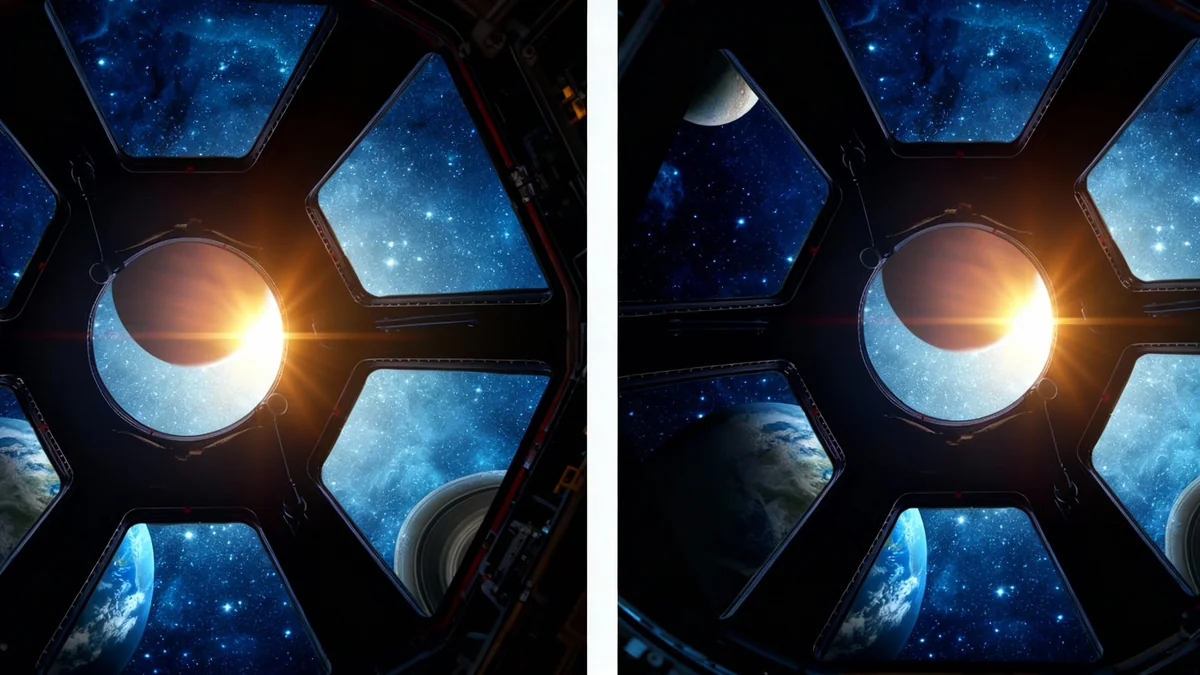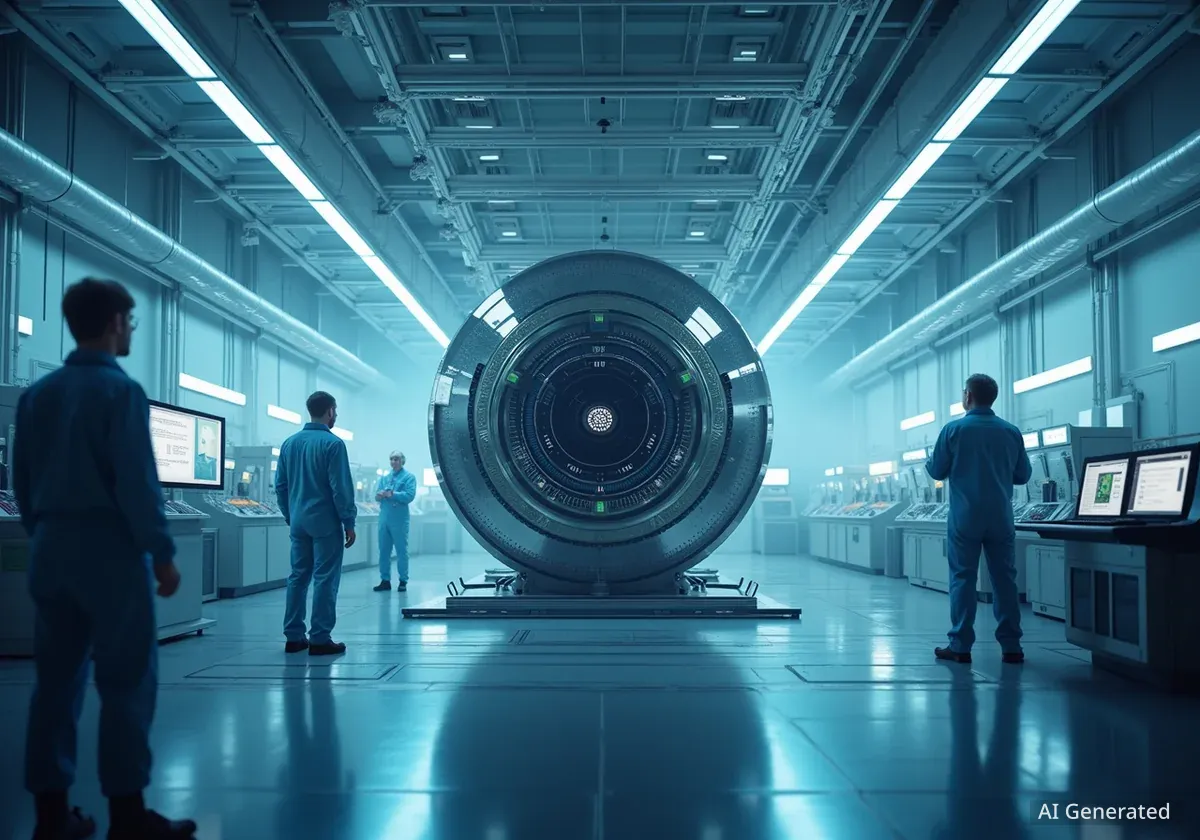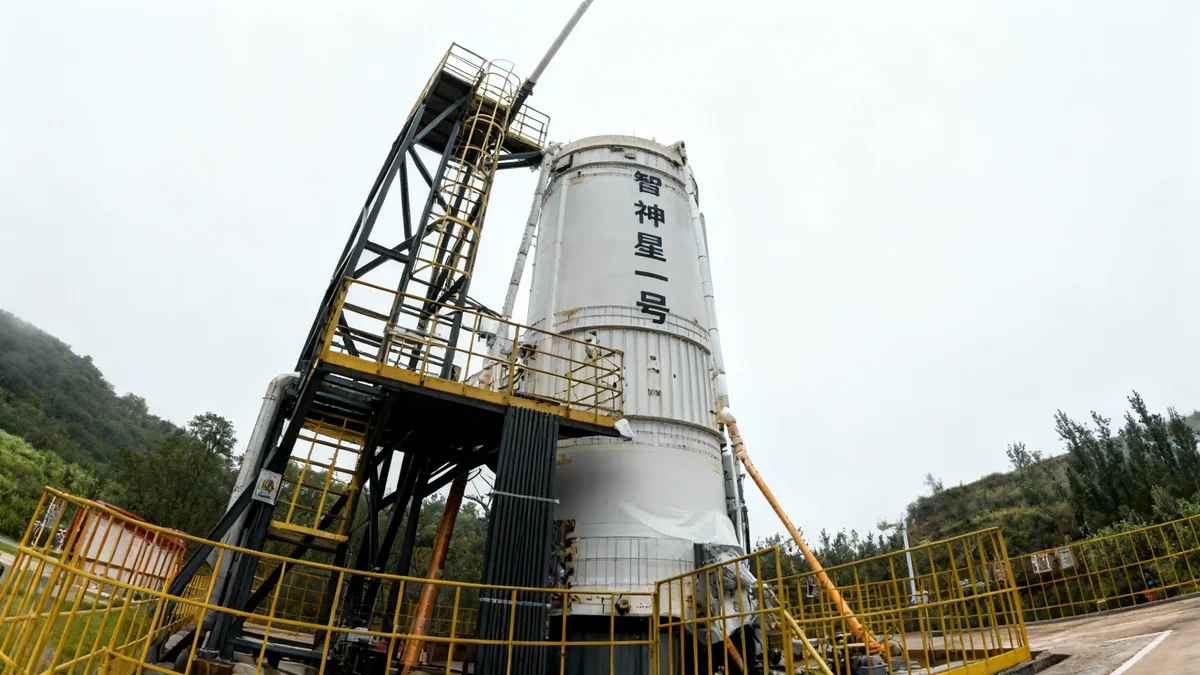A Flagstaff, Arizona-based company has secured a $30 million contract from NASA for a critical mission to save a key space observatory. Katalyst Space Technologies will launch a robotic spacecraft next year to intercept and reboost the orbit of the Neil Gehrels Swift Observatory, which is slowly falling back toward Earth.
The mission represents a high-stakes effort to extend the life of the valuable gamma-ray telescope and pioneer new methods for in-orbit satellite servicing. If successful, it will mark the first time a commercial vehicle has captured a government satellite not originally designed for docking.
Key Takeaways
- Katalyst Space Technologies, based in Flagstaff, won a $30 million NASA contract.
- The mission is to rescue the Neil Gehrels Swift Observatory, whose orbit is decaying.
- The plan involves a complex robotic docking maneuver with a satellite not designed for it.
- This approach is significantly cheaper than launching a replacement satellite, which could cost hundreds of millions.
- The mission is on a fast track, leveraging NASA's Small Business Innovation Research (SBIR) program.
A Race Against Time in Orbit
NASA officials have described the situation as a "race against the clock." The Swift Observatory, a crucial tool for studying gamma-ray bursts from distant cosmic events, is in a gradually decaying orbit. Without intervention, it will eventually re-enter Earth's atmosphere in an uncontrolled manner.
The rescue mission is designed to prevent this loss. Katalyst will launch its own spacecraft, navigate it to the observatory, and perform a delicate procedure known as "rendezvous proximity operations and docking."
The High-Speed Docking Challenge
This maneuver is exceptionally difficult. The two spacecraft must approach each other and perfectly match their velocities before a physical connection can be made. Ghonhee Lee, CEO of Katalyst, compared the complexity of the task to a familiar but impossible scenario on Earth.
"It’s like trying to hook up a trailer hitch while you’re on the highway going 60 miles an hour, right? And you have to have extreme precision. It’s a very difficult problem," Lee explained.
The success of this operation hinges on the ability of Katalyst's robotic craft to securely dock with Swift, a satellite that was never intended to be serviced or grabbed in space. This makes the mission a significant test for the future of robotic space operations.
A New Model for Space Missions
This mission is about more than just saving one satellite; it's a test case for a more agile and cost-effective approach to space asset management. The $30 million contract is a fraction of the cost of designing, building, and launching a replacement for the Swift Observatory.
Cost Comparison
- Rescue Mission Cost: $30 million
- Estimated Replacement Cost: Hundreds of millions of dollars
By opting for a service mission, NASA is potentially saving taxpayers a significant amount while preserving an important scientific instrument.
Lee noted that the mission's rapid development timeline is also a game-changer. "If we are successful, we’re saying you no longer have to spend hundreds of millions of dollars and years to develop these robotic spacecraft," he said. "You can actually launch these for much more economical sense and on timelines that are very relevant."
NASA's Risk-Tolerant Approach
NASA has acknowledged that this is a novel and ambitious undertaking. The agency utilized its Small Business Innovation Research (SBIR) program to partner with Katalyst, allowing for a much faster development schedule than typical government-led missions.
What is the SBIR Program?
NASA's Small Business Innovation Research (SBIR) program is designed to fund research and development at small businesses. It helps the agency tap into commercial innovation to solve technical challenges on an accelerated timeline, as demonstrated by the Swift rescue mission.
This partnership reflects a strategic shift towards leveraging the commercial space sector for complex operations. Shawn Domagal-Goldman, acting director of NASA's Astrophysics Division, highlighted the agency's strategy in a recent statement.
“This is a forward-leaning, risk-tolerant approach for NASA. But attempting an orbit boost is both more affordable than replacing Swift’s capabilities with a new mission, and beneficial to the nation — expanding the use of satellite servicing to a new and broader class of spacecraft.”
The mission's outcome will be closely watched by the entire aerospace industry. A successful rescue would not only extend Swift's scientific contributions but also validate a new commercial service that could extend the lives of countless other satellites in the future, potentially reducing space debris and maximizing the value of assets already in orbit.

